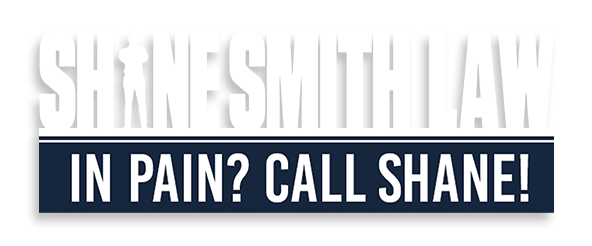There are many different ways that corporations can combine with others. There are “merger-type” transactions where the larger or wealthier “Corporation A” simply acquires “Corporation B,” so that the shareholders of “Corporation B” just wind up with stock in “Corporation A” (after surrendering all of their controlling rights/assets in “Corporation B).” These types of transactions generally unfold in four distinct ways.
As described further below, these four types of mergers can be handled as “statutory mergers;” “stock swaps;” a stock for assets exchange; or as a “triangular or subsidiary merger.”
Four General Types of Merger Deals (Not Including “Sales-Type” Transactions)
Statutory Mergers. As the name implies, these are created based on state statutes that recognize a “surviving corporation” that continues to exist in place of another that has disappeared. The surviving corporation must fully assume all of the debts of the one that has “disappeared” or no longer exists as a result of the merger;
Stocks swapped or exchanged. Under this type of deal, the acquiring corporation simply makes a deal with each shareholder of the acquired corporation so that this individual has basically “swapped” his/her stock in the old corporation for the new one which acquired the old corporation;
Exchanges of stock for assets. This is viewed as a “two-step” process. During the first stage, the acquiring corporation gives stock in its corporation to the shareholder of the acquired corporation, and then the shareholder of the acquired corporation transfers all of his/her assets to the acquiring corporation. Then, the acquired corporation dissolves;
Subsidiary or triangular mergers. There are actually two different types of these. The first is called the “forward triangular merger” and the second is referred to as a “reverse merger.”
A. The forward triangular merger (also referenced as a conventional triangular merger). This basically involves the creation of a third entity or subsidiary which usually only owns shares in the parent corporation. The acquired or “target” corporation being purchased is in then fully merged into the purchasing corporation’s subsidiary. This is similar to a basic exchange of stock, in some ways. After this type of deal is consummated, the acquired corporation no longer exists;
B. The reverse merger. This type of transaction is basically a reverse triangular merger. Here’s a hypothetical example: Assume that Sears decides to buy Walmart -- which turns the latter company into a Sears subsidiary. Then, at a later date, Sears decides to purchase Target. Instead of Sears’ subsidiary (under this hypothetical purchase) Walmart continuing to exist, Sears decides to keep Target running as a corporation and simply “folds” or transfers all of Walmart’s assets into Target, leading to the disappearance of Walmart.
To obtain help with handling all of your Georgia business planning needs, please contact Shane Smith Law today. You can schedule your free initial consultation with a knowledgeable Peachtree City estate planning attorney by calling: (980) 246-2656

